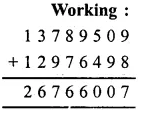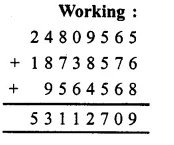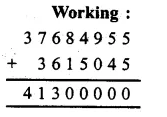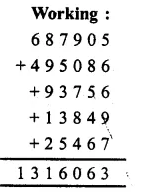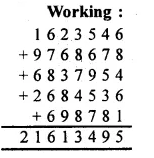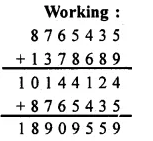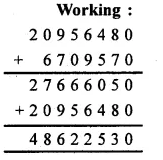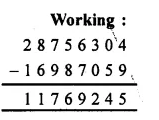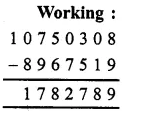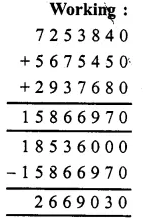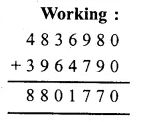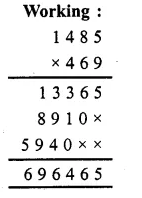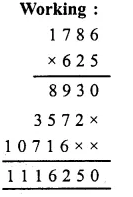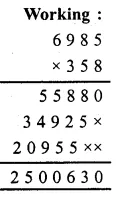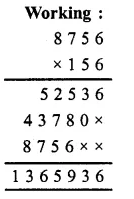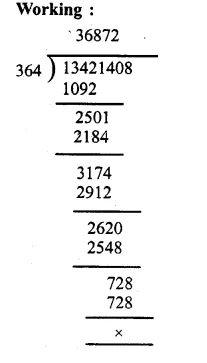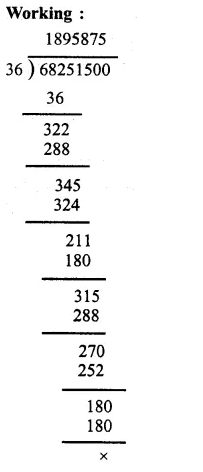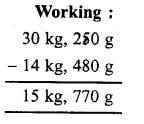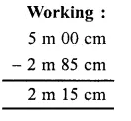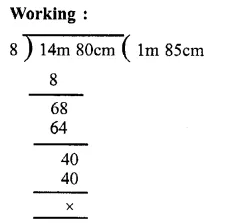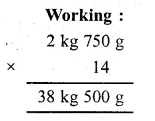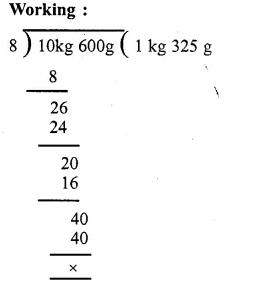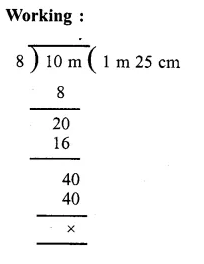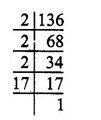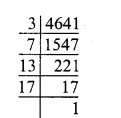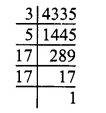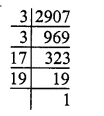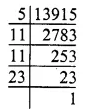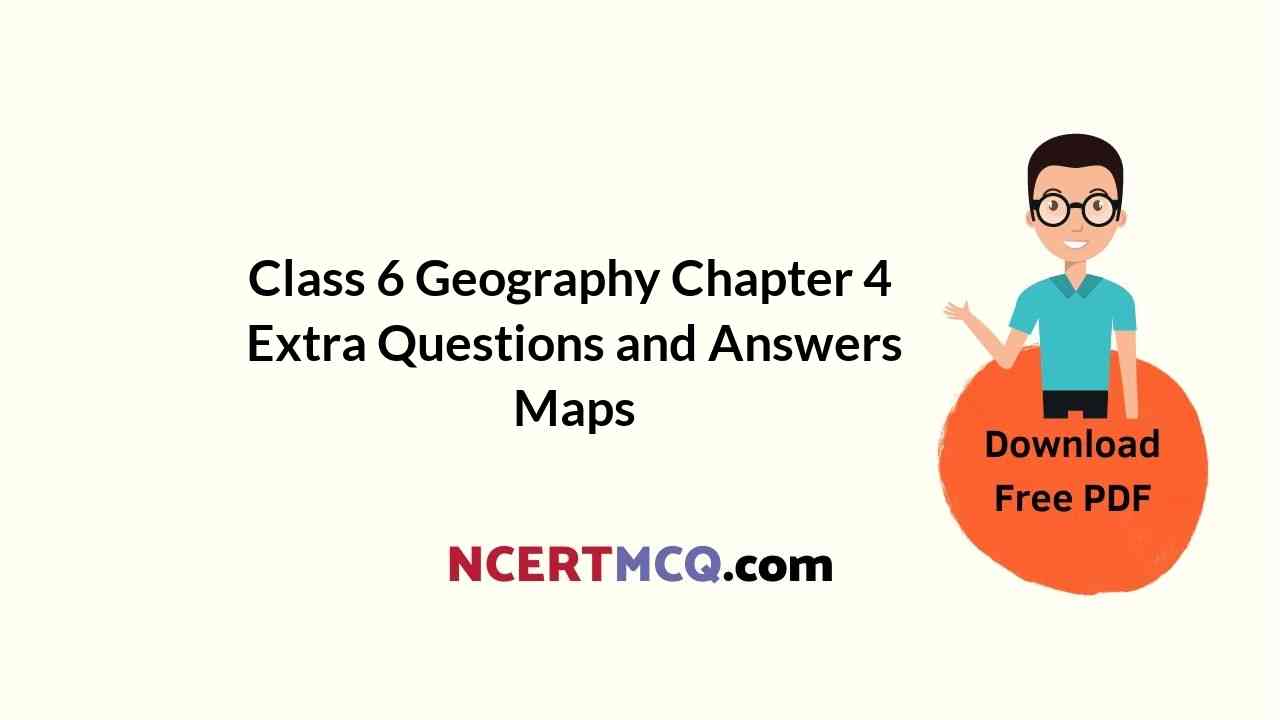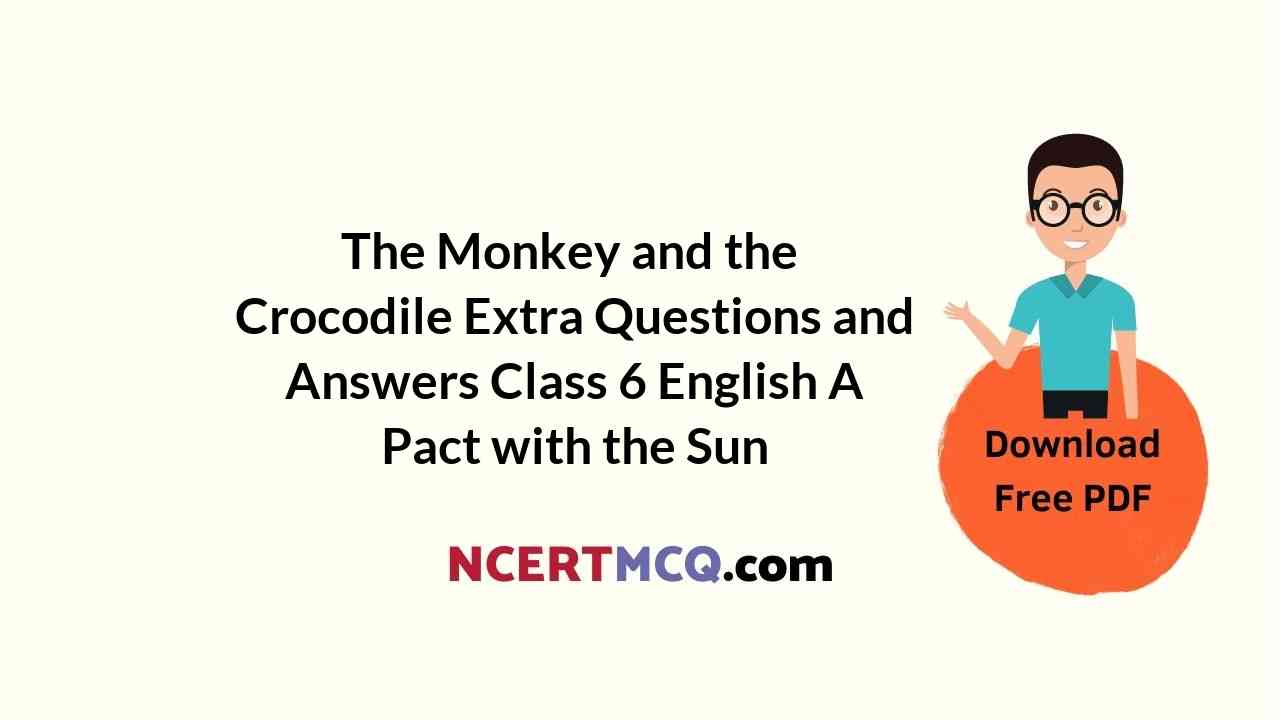RS Aggarwal Class 6 Solutions Chapter 1 Number System Ex 1G
These Solutions are part of RS Aggarwal Solutions Class 6. Here we have given RS Aggarwal Solutions Class 6 Chapter 1 Number System Ex 1G
Other Exercises
- RS Aggarwal Solutions Class 6 Chapter 1 Number System Ex 1A
- RS Aggarwal Solutions Class 6 Chapter 1 Number System Ex 1B
- RS Aggarwal Solutions Class 6 Chapter 1 Number System Ex 1C
- RS Aggarwal Solutions Class 6 Chapter 1 Number System Ex 1D
- RS Aggarwal Solutions Class 6 Chapter 1 Number System Ex 1E
- RS Aggarwal Solutions Class 6 Chapter 1 Number System Ex 1F
- RS Aggarwal Solutions Class 6 Chapter 1 Number System Ex 1G
- RS Aggarwal Solutions Class 6 Chapter 1 Number System Ex 1H
Question 1.
Solution:
(i) 2 = II
(ii) 8 = VIII
(iii) 14 = XIV
(iv) 29 = XXIX
(v) 36= XXXVI
(vi) 43 = XLIII
(vii) 54 = LIV
(viii) 61 = LXI
(ix) 73 = LXXIII
(x) 81 = LXXXI
(xi) 91 = XCI
(xii) 95 XCV
(xiii) 99= XCIX
(xiv) 105 CV
(xv) 114 = CXIV
Question 2.
Solution:
(i) 164 = CLXIV
(ii) 195 = CXCV
(iii) 226 = CCXXVI
(iv) 341 = CCCXLI
(v) 475 = CDLXXV
(vi) 596 = DXCVI
(vii) 611 = DCXI
(viii) 759 = DCCLIX
Question 3.
Solution:
(i) XXVII = 27
(ii) XXXIV = 34
(iii) XLV = 45
(iv) LIV = 54
(v) LXXIV = 74
(vi) XCI = 91
(vii) XCVI = 96
(viii) CXI = 111
(ix) CLIV = 154
(x) CCXXIV = 224
(xi) CCCLXV = 365
(xii) CDXIV = 414
(xiii) CDLXIV = 464
(xiv) DVI = 506
(xv) DCCLXVI = 766
Question 4.
Solution:
(i) V is never subtracted
∴ VC is wrong
(ii) I can be subtracted from V and X only
∴ IL is wrong
(iii) V, L, D are never repeated
∴ VVII is wrong
(iv) IX cannot occur to the left of X
∴ IXX is wrong
Hope given RS Aggarwal Solutions Class 6 Chapter 1 Number System Ex 1G are helpful to complete your math homework.
If you have any doubts, please comment below. Learn Insta try to provide online math tutoring for you.
